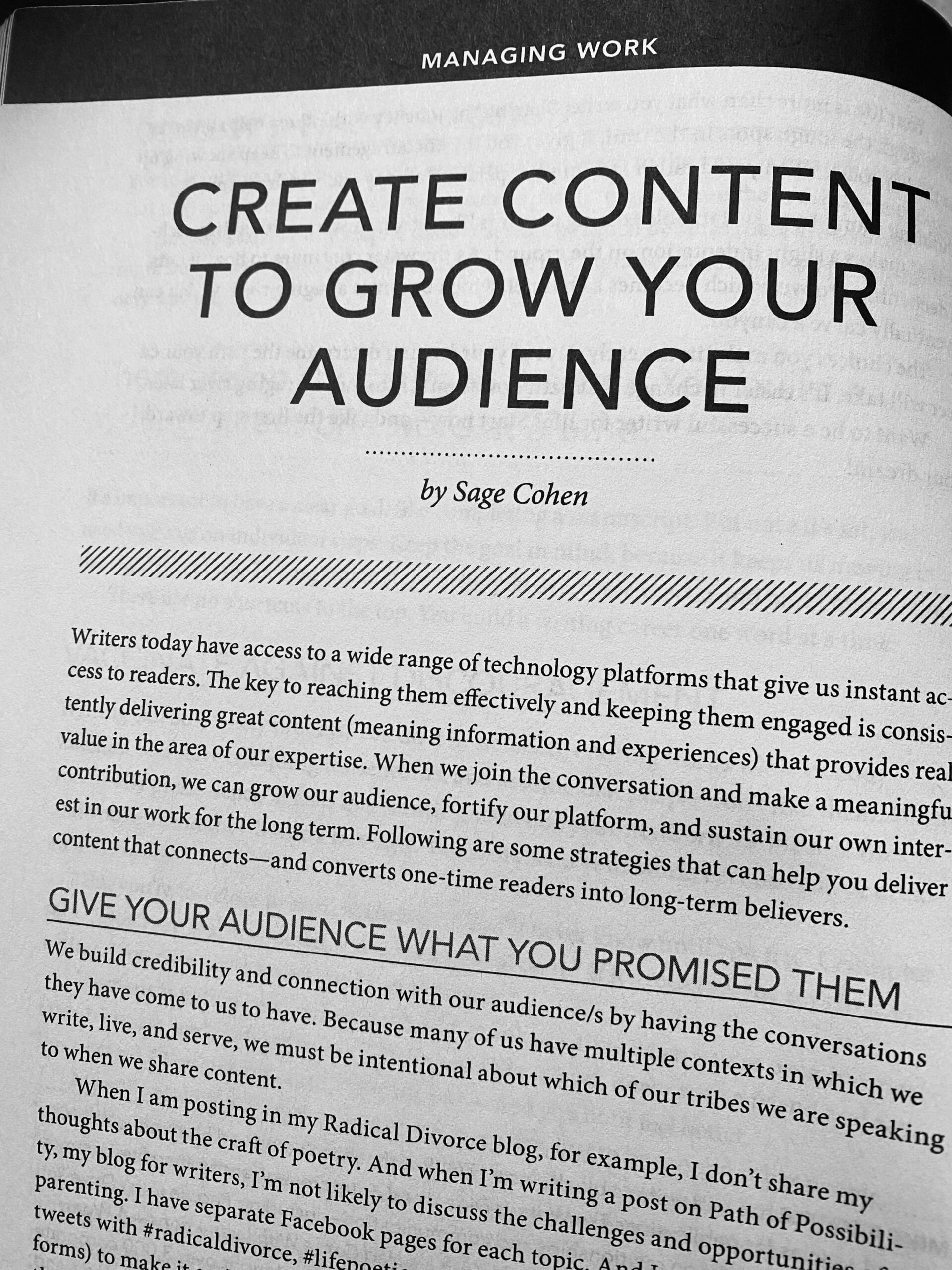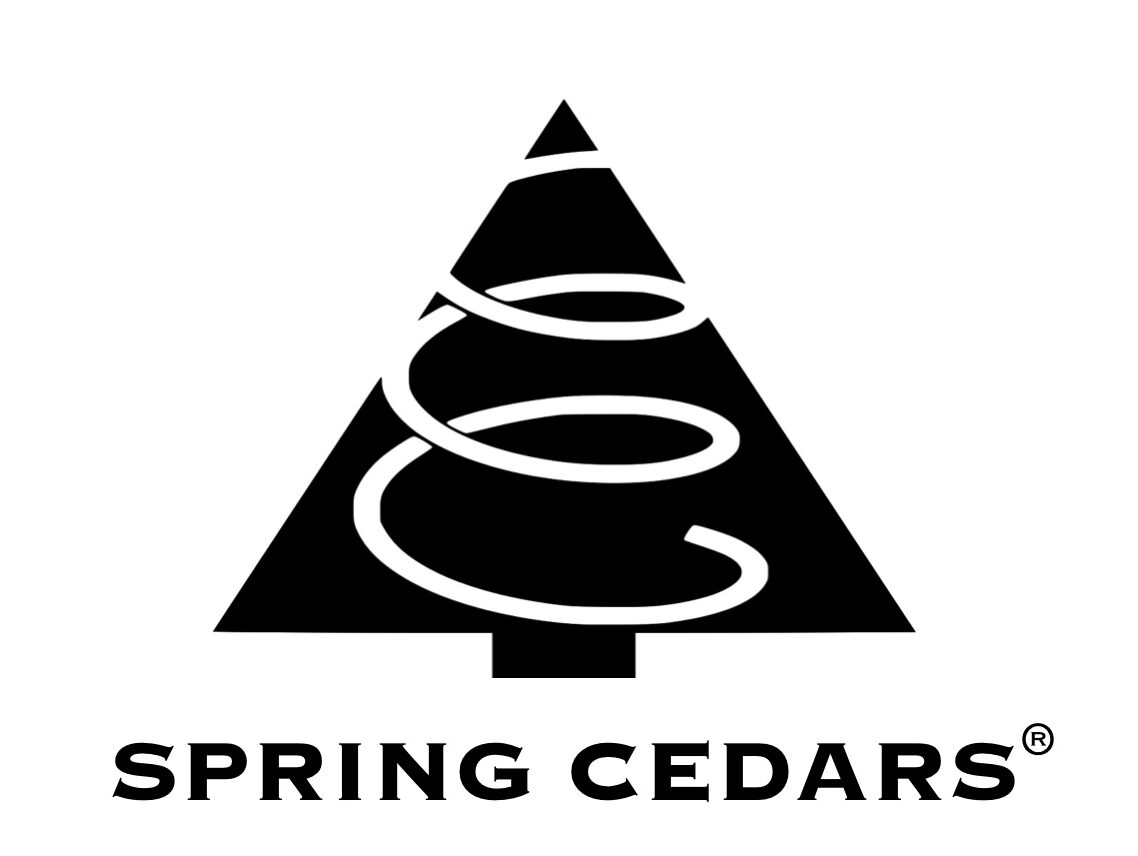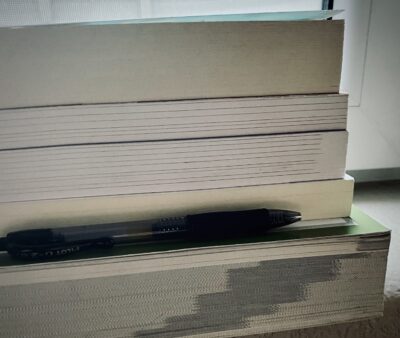Writing for a specific audience
The way your fiction is written will impact how it’s packaged, marketed, distributed, and ultimately received by readers. In order to reach the people that you’re writing for, you have to know your audience. You wouldn’t write about adult conflicts in a children’s book, for instance, or if you did, they would be written very differently than if you were targeting adult readers.
Some questions to consider as you’re revising your manuscript or story:
- Who are my readers? You can think of a specific age, gender, social position, economic class and more as long as you realize who you’re writing for and why
- What do my readers expect from my writing?
- What kind of story is it? This can include genre, theme, and fiction elements
- What do I want my audience to know or take away from my work?
- Is there another way I can say this? Basically, you want to make sure you’re helping your readers read your work in an efficient and enjoyable manner
Check out these seven questions to ask your audience to craft audience-centric stories.
Popular genres for different readers
Some of the most common themes to explore in adult fiction include love, good vs evil, redemption, courage and perseverance, and revenge. Additionally, the drama, mystery, history, (crime) thriller, and memoir genres are most popular among adult readers, according to a 2015 survey by Statista.
If you’re writing for teens or young adults (YA), realistic or contemporary fiction is always a popular choice, followed by romance, fantasy, classic/literary, and thriller. Think about the issues that are relevant to your audience for their age. Common themes in YA books include coming of age, self-discovery, school and popularity, and first love.
For children, humorous books and graphic novels were the most popular in the same survey. If you’re looking for somewhere to start, Author Learning Center’s post Understanding Children’s Book Classifications is a worthwhile read. Some categories that aren’t included in this list are tween (between middle grade and young adult), and new adult (between young adult and adult).

Targeting your manuscript
If you’re planning to query a literary agent, you’ll want to make sure you know who your audience is. If you write the wrong audience in your query letter, publishing professionals will be very surprised (and probably a little annoyed) when they read your manuscript sample.
Your target audience will also determine your word count. An elementary school reader probably won’t sit through a 400,000-word novel like an adult will (such as A Storm of Swords), and an adult will likely breeze through a 75,000-word novel (like Harry Potter and the Sorcerer’s Stone). However, take these estimates with a grain of salt; there are plenty of books in a wide range of genres that defy these standards, but typically you’ll want to stick to these word counts when writing for a specific audience:
- Children: 10,000 – 20,000
- Teen: 35,000 – 50,000
- Adult: 80,000 – 100,000
Keep in mind that genre plays into this as well. Fantasy is allowed a longer manuscript length given the space needed to worldbuild, so it’s not uncommon for a middle grade fantasy novel to be up to 70,000 words, for instance.
Have more questions? We recommend taking a look at Writer’s Rumpus’ post Age Group and Genre for further advice on writing for a specific audience. Writer’s Digest also posts great advice HERE. Want to get in touch with us? Feel free to reach out to us HERE.

